In the mysterious depths of the ocean, there exists a fascinating phenomenon that sparks the curiosity of scientists and ocean enthusiasts alike: bioluminescence. Among the many creatures that possess this mesmerizing ability, some sharks have evolved to glow in the dark—not for hunting as one might expect, but for altogether different purposes. In this article, we’ll explore the intriguing reasons behind this luminescent trait and unlock the fascinating life of glow-in-the-dark sharks.
Understanding Bioluminescence

Bioluminescence is the production and emission of light by living organisms. This natural spectacle is found in various ocean-dwelling species, including jellyfish, plankton, and some species of sharks. The glow occurs due to a chemical reaction between a light-emitting molecule (luciferin) and an enzyme (luciferase). These creatures have evolved this trait for various reasons, seldom related to hunting.
The Glow-in-the-Dark Shark Species
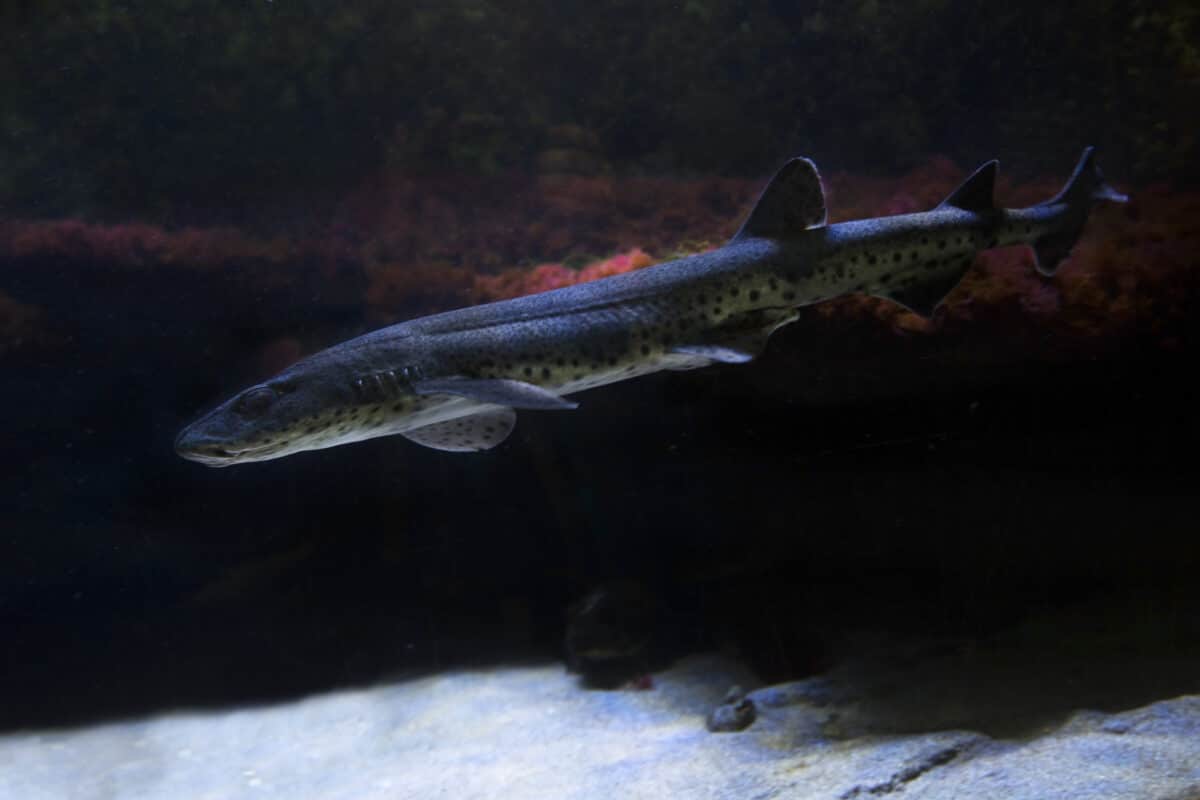
Primarily found in deep ocean waters, glow-in-the-dark sharks include species like the lantern shark, velvet belly shark, and swell shark. Each of these species inhabits the dark ocean depths where sunlight barely penetrates, creating a perfect stage for their bioluminescent displays.
The Function of Bioluminescence in Sharks
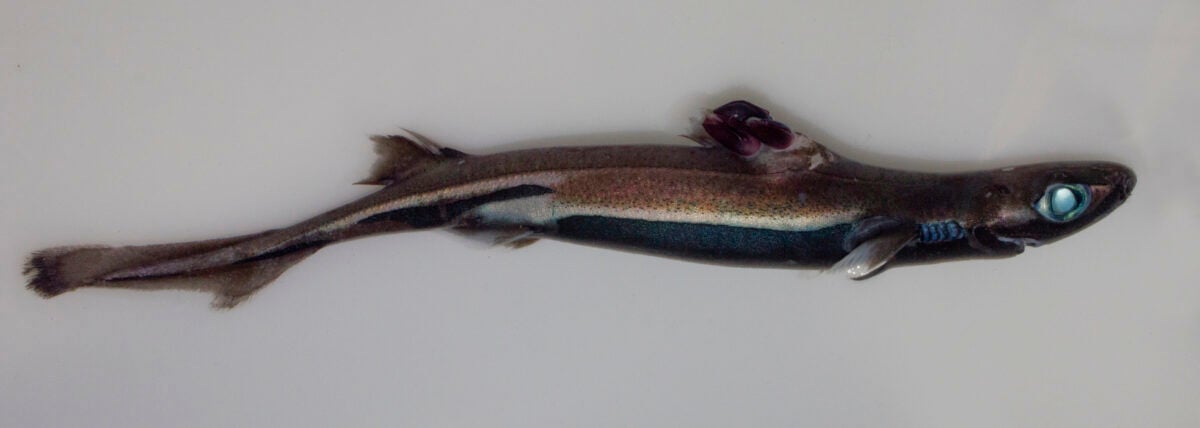
Bioluminescence in these sharks serves multiple functions. Contrary to popular belief, these species do not use their glow to hunt prey. Instead, these natural lights are often used for camouflage, communication, and mating displays, serving as crucial survival tools in the dark ocean.
Camouflage in the Deep Sea

Bioluminescence can act as a form of counter-illumination camouflage. By emitting light that matches the downwelling sunlight, these sharks can obscure their silhouettes to potential predators lurking below. This adaptation ensures they remain largely undetected in their environment.
Communication Among Sharks

Bioluminescent sharks may use their glow to convey messages to other sharks. This is especially useful during mating, where displaying certain luminous patterns can indicate availability or readiness to mate. It is a form of communication that transcends the dark, murky waters of their habitat.
Investigating Mating Rituals
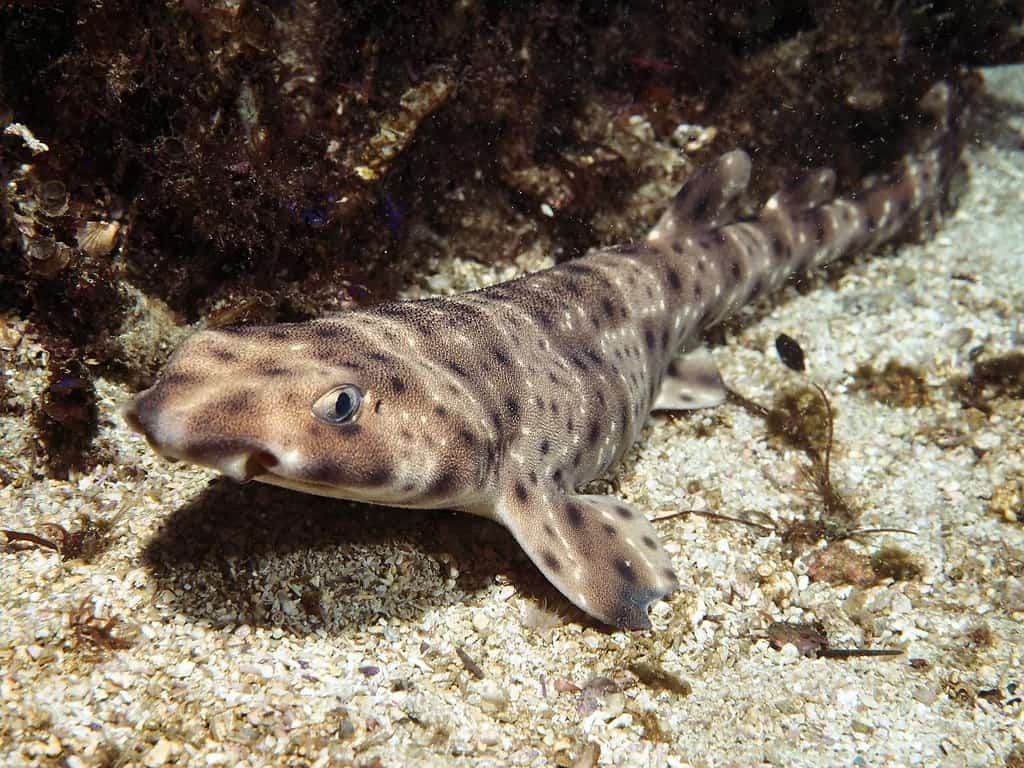
The glow of these sharks plays a significant role in attracting mates. Through intricate and species-specific glowing patterns, sharks can signal their fitness and reproductive readiness. This visual communication becomes essential when visibility is limited to the brief bursts of light in the deep sea.
Measuring Bioluminescence in Sharks
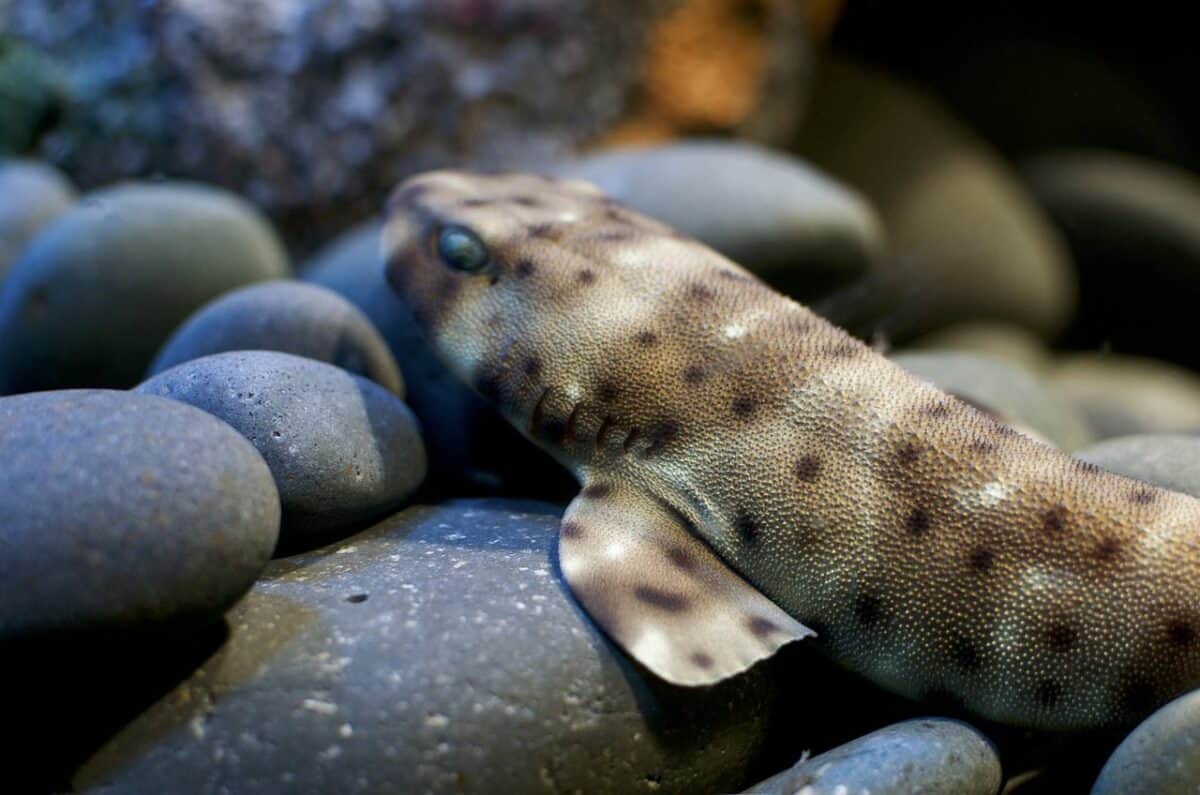
Research on these glowing sharks often involves measuring the intensity and wavelength of their emitted light. These analyses help scientists understand how sharks use bioluminescence to interact with their environment. Advanced technologies like underwater cameras and light sensors are instrumental in such studies.
Potential Defensive Mechanisms

Bioluminescence might also serve as a defensive mechanism. Some species can create flashes of light to confuse or momentarily blind predators, providing an opportunity to escape. Although this hypothesis remains under investigation, it showcases the multifunctionality of bioluminescence.
The Role of Symbiotic Bacteria
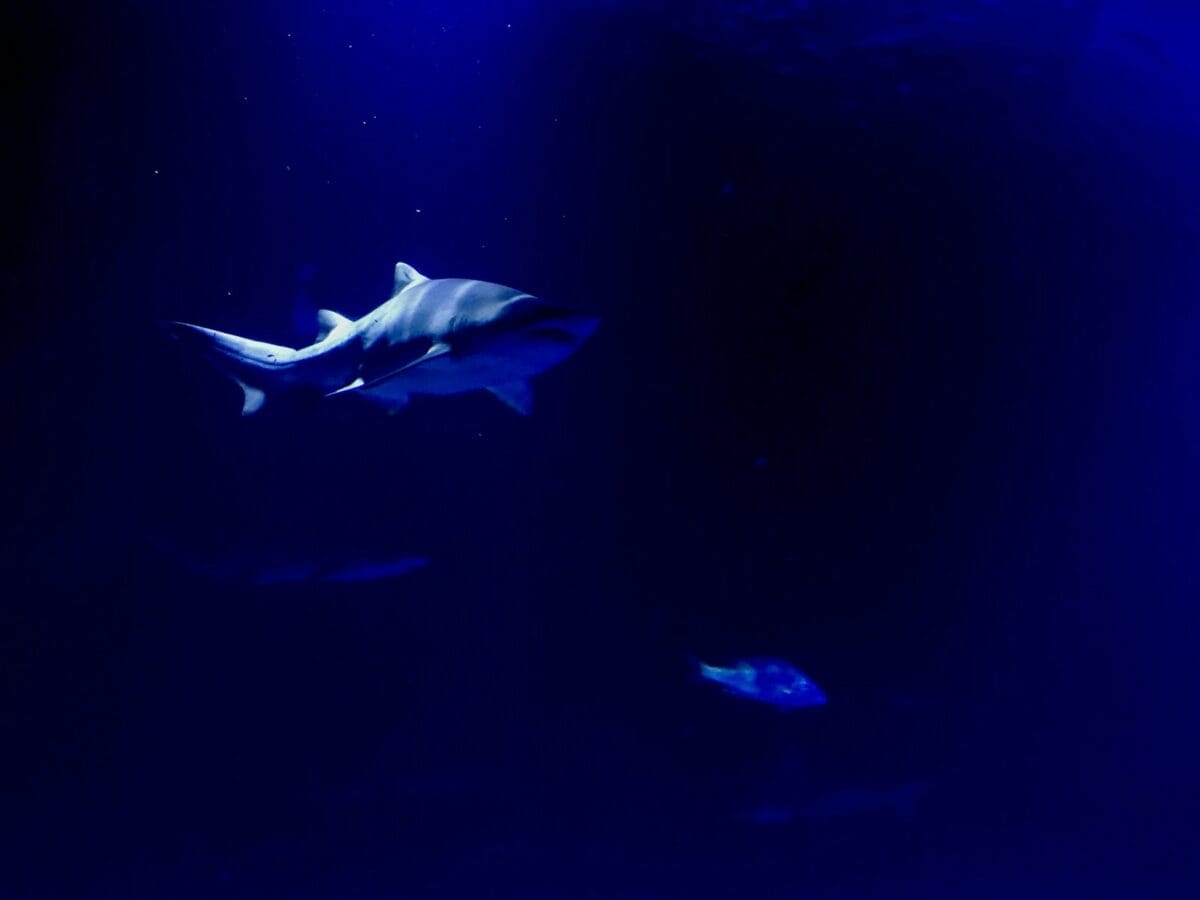
In some glowing species, symbiotic bacteria housed in specialized organs produce bioluminescence. This mutualistic relationship is prevalent among some marine creatures where the bacteria provide light while the host offers a nutrient-rich environment.
Ecological Implications
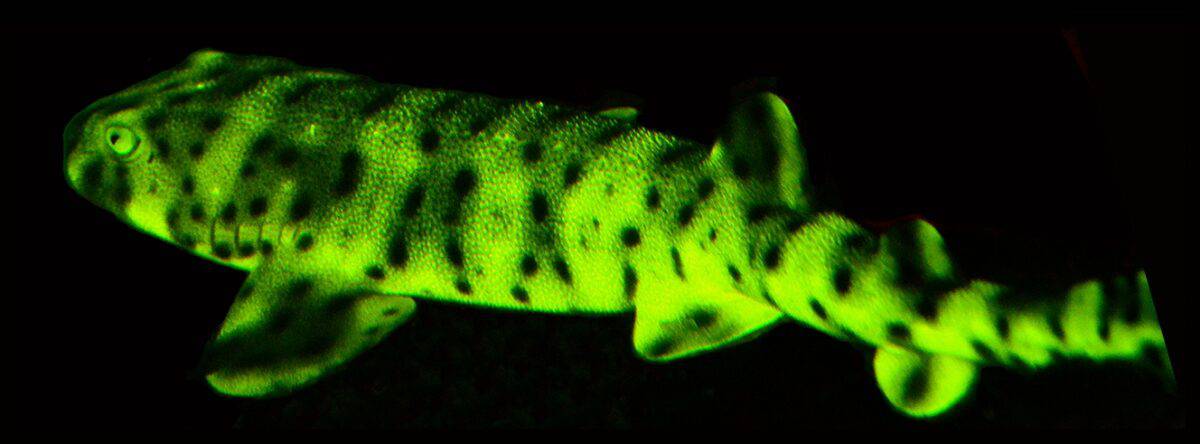
The glow of these sharks plays a role in the broader ecosystem, affecting predator-prey dynamics. By understanding these interactions, scientists can better grasp how light influences marine life on a larger scale, impacting conservation and ecological studies.
Challenges for Researchers
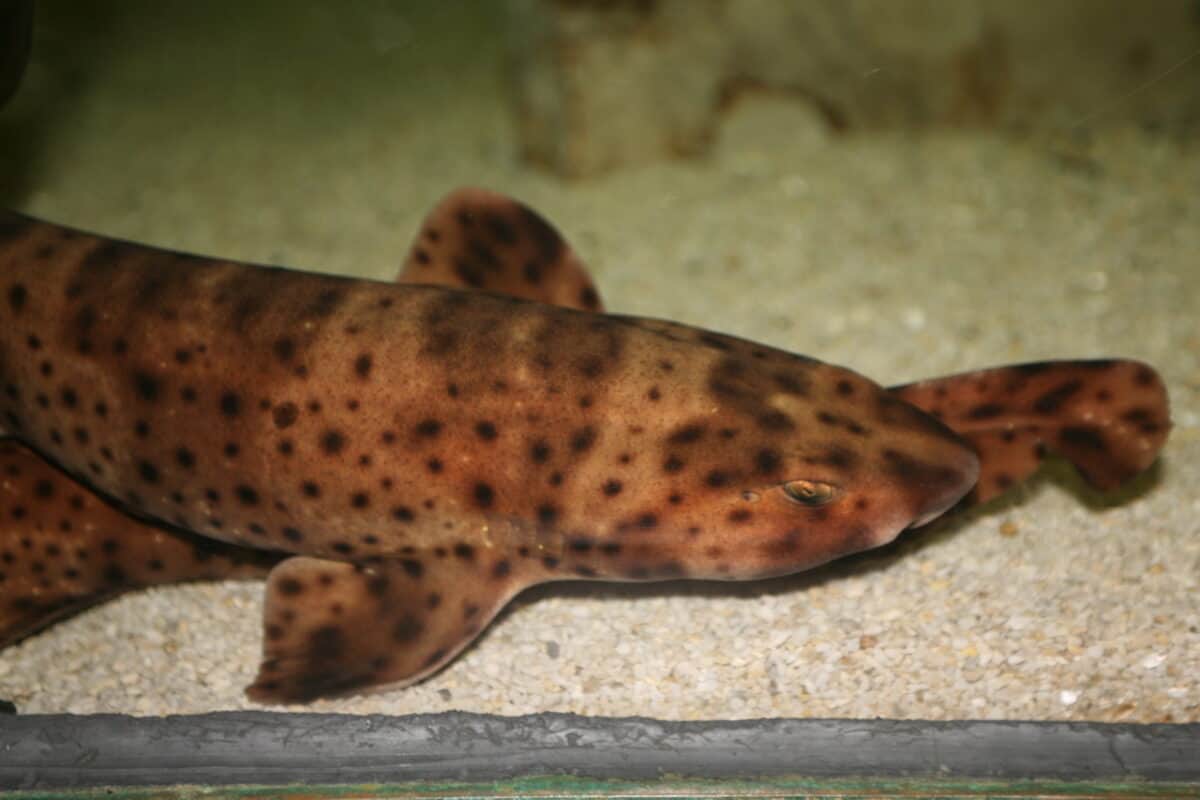
Studying bioluminescence in the depths of the ocean poses significant logistical challenges. The lack of light, high pressure, and remoteness of habitats necessitate state-of-the-art technology and methodology. Despite these obstacles, ongoing research continues to shed light on the secrets of bioluminescent sharks.
The Future of Marine Bioluminescence Research
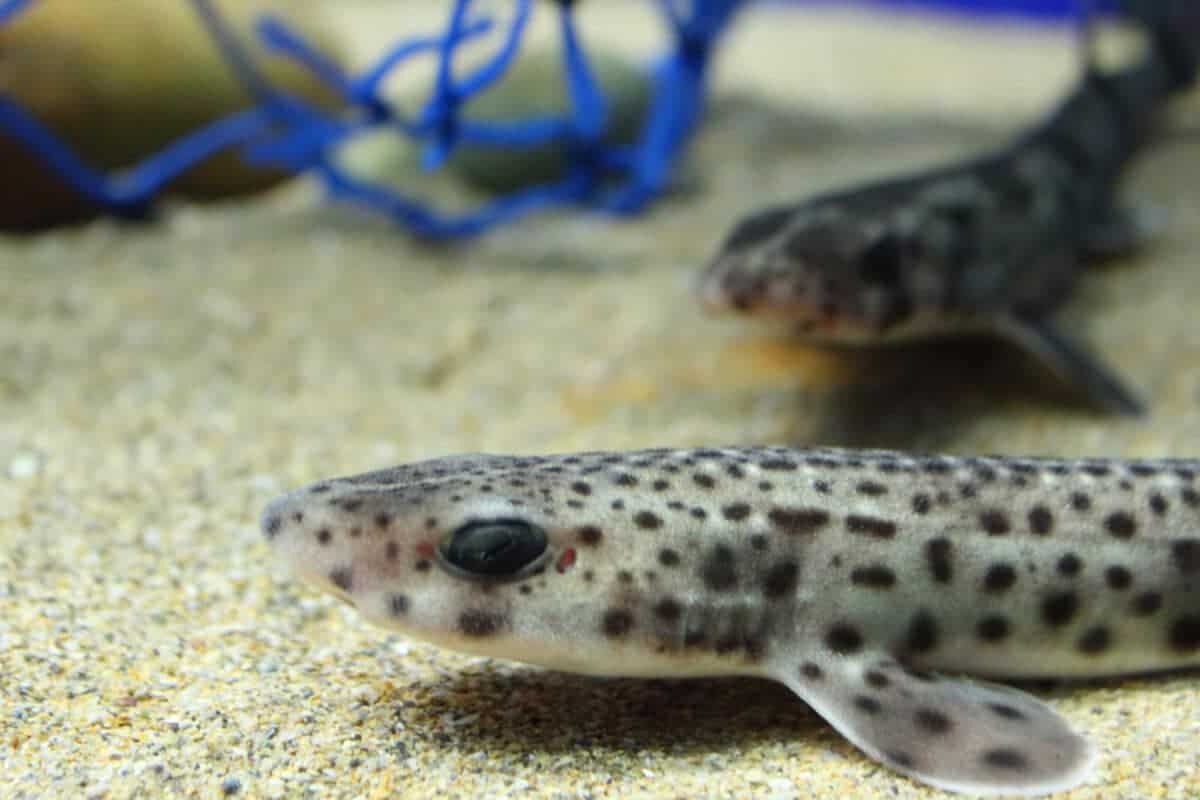
As technology advances, the mystery of luminous sharks promises to unveil more secrets. Future research holds the potential to discover new species and adaptations, furthering our understanding of oceanic life. The exploration of bioluminescence continues to captivate imaginations and revolutionize marine biology.
Conclusion

The enchanting glow of sharks in the ocean depths is a testament to the adaptive wonders of nature. While not used for predation, this luminescence plays crucial roles in communication, camouflage, and mating, making it an indispensable feature of these sharks’ biology. As our understanding of these remarkable creatures grows, so does our appreciation for the complexity and beauty of the ocean’s darkest corners.
- 13 Ways to Keep Your Indoor Cat Entertained - August 17, 2025
- How This Giant Predator Ruled the Ocean 200 Million Years Ago - August 17, 2025
- Pterosaurs Had Fur, Not Feathers - August 17, 2025

